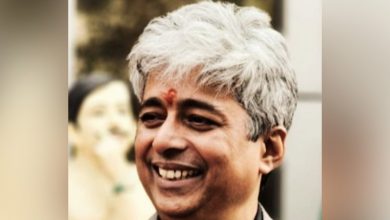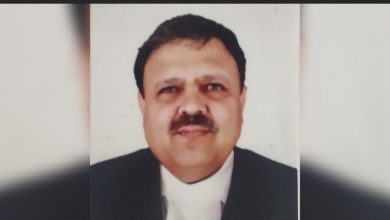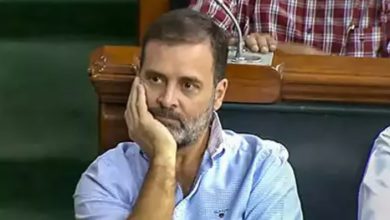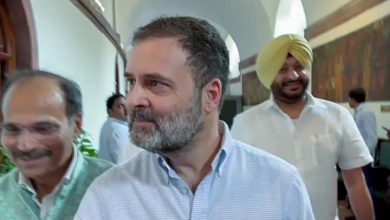
Hizbul Mujahideen commander Zakir Musa’s threat on Friday to the separatist Hurriyat leaders that they would be beheaded if they continued to describe Kashmir as a “political struggle” instead of an “Islamic uprising” may have gone viral in the social media, but in the process both the nature and the limited extent of the insurgency in the Kashmir Valley have been exposed. Unfortunately, this important aspect has not been properly taken note of by the chest-thumping “Kashmir experts” who will like the rest of the world to believe that the Kashmir Valley has been irretrievably alienated from the national mainstream because of Narendra Modi in Delhi and Mehbooba Mufti in Srinagar.
In my considered view, these chest-thumping experts should read a report in The Indian Express and an opinion piece by a serving IPS officer in Jammu and Kashmir in the Hindustan Times to realise that the secessionist terrorists in the valley are a tiny minority (some of them are not even Indians) and that they must not be encouraged to set the agenda for the entire state of Jammu and Kashmir.
Zakir Musa and his Pakistani masters have resorted to the typical terrorist strategy of “injecting fears” in the minds of people and then influencing a gullible media to overplay the incident. However, the fact remains that people under threats may carry on the dictates (like the Kashmir Valley gets shut down whenever there is a call for the “bandh”), but that does not mean that the ordinary Kashmiris support the separatists. On the other hand, in the process, the Hurriyat leaders have been trapped. So far the four main militant groups in Kashmir — Hizbul Mujahideen; Lashkar-e-Taiba (LeT); Jaish-e-Mohammed (JeM); and Harkat-ul-Mujahideen (HuM) — collaborated with the Hurriyat leaders, who, in turn, had great friends and admirers in the Delhi establishment – media, think tanks, universities, NGOs and some leaders in every established political parties.
Though it has been widely well known that the separatists are first and foremost “Islamists” and biggest enemies of the valley’s age-old Sufi tradition or Kashmiriyat (the philosophy of coexistence), their friendship with the Delhi establishment was based on the notion that the Kashmiris needed to preserve their autonomy. But once the focus shifts from autonomy to religion, the nature of the political parlance will change and that may not be in their interests. Besides, it will further expose their extremely narrow support-base.
It is in the above context that The Indian Express report and Hindustan Times opinion piece are important. According to The Indian Express, Union home secretary Rajiv Mehrishi, who had visited the valley on Thursday, was told by the officials of the Jammu and Kashmir government that “the situation in the Valley is not as bad as is being portrayed, and the media is ‘widely exaggerating’ the current unrest.” He was told how of nearly 50,000 schools in the state, students from only four to five schools participated in stone-pelting and how “the number of youths joining militancy had not gone up.” The state officials were anguished that the media was portraying the incidents as “a widespread phenomenon”, which, in turn, was being misused by India’s neighbours to build a false narrative in the Valley at “little cost”.
Writing in the Hindustan Times, Swayam Prakash Pani, the IPS officer, exploded the myth that more and more educated Kashmiri youth are joining the terrorist ranks. According to him, among the locals who took up arms, 38 are under-matriculate, 42 are matriculated, six are graduates, two post-graduates and two with technical training. And most of them have not been outside the state. As Pani writes, “These statistics bust some of the popular myths advocated in the national media. The first myth is that individual recruits to terror outfits have a sound educational background. An investigation has established that in all most all cases, the academic brilliance attributed to them is far from the truth. The second myth is that the recruits are all radicalised youth. The reason for joining militancy in most of the cases has been found to be peer-group contact and not a strong radical lineage.”







